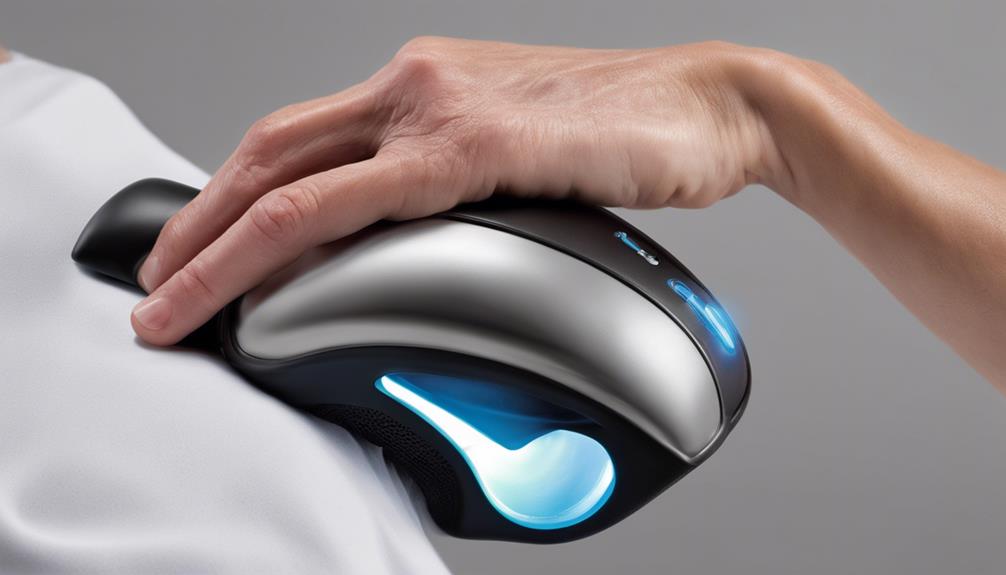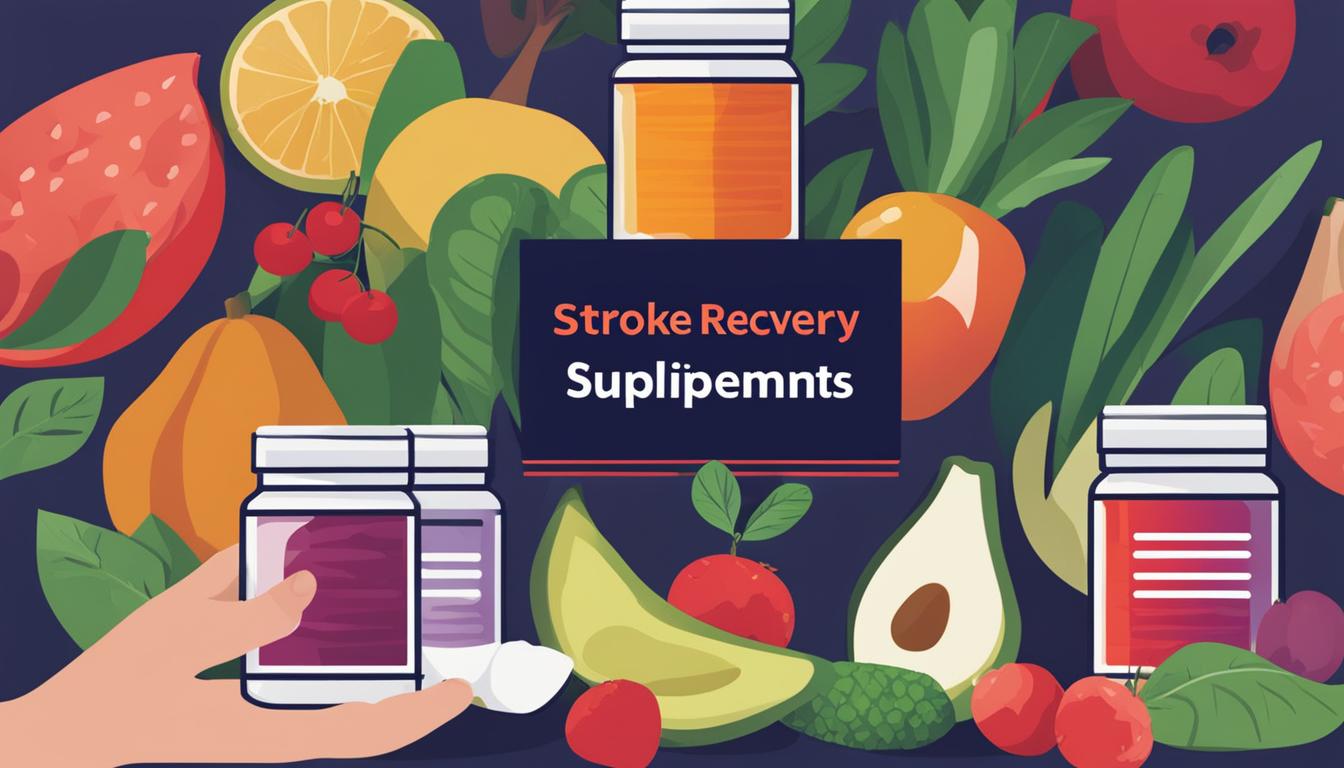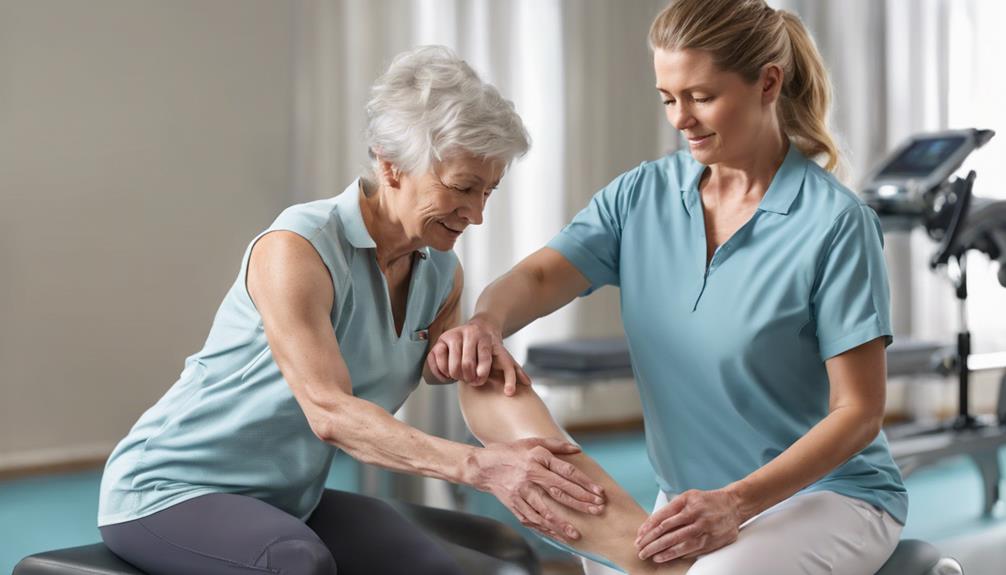Interestingly, it is crucial to understand the complexities of rehabilitating senior cats after they have experienced a stroke in order to offer excellent care for our beloved feline friends.
The journey of an elderly cat recovering from a stroke can be a complex and delicate process, where patience and tailored interventions play a pivotal role in their rehabilitation.
As we navigate through the intricacies of this recovery path, exploring the symptoms, rehabilitation techniques, supportive care, monitoring strategies, and tips for long-term recovery can shed light on the holistic approach needed to assist our elderly cats in their healing journey.
Key Takeaways
- Physical therapy and cognitive training aid in elderly cat stroke recovery.
- Regular monitoring and medication administration are crucial for progress.
- Consistent routine and gentle activities promote long-term care.
- Communication with the veterinarian and environmental modifications support recovery.
Symptoms of Stroke in Elderly Cats
Recognizing the symptoms of stroke in elderly cats is crucial for prompt and effective treatment. When observing our furry companions, signs such as head tilt, blindness, circling, and disorientation may indicate a potential stroke. Additionally, if your elderly cat is stumbling, showing abrupt behavioral changes, has rapidly moving pupils, or seems confused, it could be a cause for concern.
These symptoms can be severe and sudden, necessitating immediate veterinary attention. It's essential to act swiftly to rule out other conditions with similar presentations through thorough testing. By being vigilant and attentive to these signs, we can ensure our elderly feline friends receive the necessary care promptly.
Rehabilitation Techniques for Elderly Cats

Observing the aftermath of a stroke in an elderly cat, our focus shifts towards implementing effective rehabilitation techniques to aid in their recovery journey.
Physical therapy plays a crucial role in improving mobility and strength for elderly cats post-stroke. Hydrotherapy, with its controlled water exercises, can be a beneficial addition to their rehabilitation plan.
Environmental modifications like ramps and soft surfaces help create a supportive environment for their recovery process. Cognitive training activities, such as puzzle feeders and interactive toys, stimulate the mental faculties of elderly cats during rehabilitation.
Regular monitoring and adjustments to the rehabilitation plan are essential to optimize their recovery journey. By incorporating these techniques tailored to the specific needs of elderly cats, we can provide them with the best possible support and care as they work towards regaining their strength and mobility after experiencing a stroke.
Supportive Care for Recovering Cats
Ensuring a quiet and comfortable environment is vital to reduce stress and support the recovery of elderly cats who've experienced a stroke. When caring for a recovering cat, it's important to pay close attention to their needs and provide the necessary support.
Here are some key aspects of supportive care for elderly cats during their stroke recovery:
- Monitoring Vital Signs: Regularly checking the cat's vital signs, hydration levels, and appetite is crucial to ensure they're progressing well in their recovery journey.
- Administering Medications: Following the veterinarian's prescribed medication plan diligently is essential for managing any underlying conditions and aiding in the cat's recovery process.
- Encouraging Physical Therapy: Gentle exercise and physical therapy, if recommended by the vet, can play a significant role in the cat's rehabilitation, helping them regain strength and mobility.
Monitoring Progress in Elderly Cats
In our experience caring for elderly cats recovering from strokes, closely monitoring their progress involves observing improvements in mobility and coordination. We pay close attention to any changes in their behavior and appetite, as these can be indicators of how well they're recovering.
Tracking the administration of medication and treatments is crucial to evaluating their effectiveness and making informed decisions about the next steps in their care. Regular consultations with the veterinarian are essential to discuss the elderly cat's recovery journey and adjust the treatment plan as needed.
Documenting any setbacks or complications that arise during the recovery process allows us to address them promptly and ensure the best possible care for our furry friends. By staying vigilant and proactive in monitoring their progress, we can help guide elderly cats towards a smoother and more successful recovery.
Tips for Long-Term Recovery of Elderly Cats
To support the long-term recovery of elderly cats after a stroke, creating a peaceful and familiar environment is essential. Ensuring they have a comfortable space can aid in reducing stress and promoting a smoother recovery process.
Here are some tips for the long-term recovery of elderly cats:
- Implement a Consistent Routine: Establishing a daily schedule can help reduce stress and anxiety, providing a sense of security for your cat during their recovery journey.
- Engage in Gentle Physical Activities: Supervised exercises can assist in improving your cat's muscle strength and mobility post-stroke, contributing to their overall physical well-being.
- Maintain Open Communication with Your Veterinarian: Regularly updating your vet on your elderly cat's progress allows for monitoring and adjustments to their care plan, ensuring the best possible recovery outcome.
Frequently Asked Questions
What Are Good Signs After a Stroke?
We believe good signs after a stroke include:
- Improved balance
- Normal eating habits
- Increased alertness
- Resumption of grooming
- Returning to previous activity levels
These signs indicate positive progress and potential recovery. It's heartening to witness such improvements and see the individual regain aspects of their life affected by the stroke.
Celebrating these achievements and supporting further healing is crucial in the journey towards full recovery.
What Happens in the First 3 Days After a Stroke?
In the initial 3 days post-stroke, significant changes in neurological function can occur for elderly cats. Immediate veterinary attention is vital to assess treatment response.
Vigilant monitoring for complications like recurring strokes is crucial. Supportive care, including medication and therapy, aids recovery.
The first 72 hours post-stroke are pivotal for prognosis and treatment planning. It's a delicate period where every action taken can influence the cat's journey towards recovery.
How Can I Help My Cat After a Stroke?
We can help our cat after a stroke by:
- Providing a comfortable space for rest
- Ensuring access to essentials like food and meds
- Monitoring for any changes
- Engaging in gentle therapy exercises
- Scheduling vet check-ups
It's crucial to offer support and care to aid in the recovery process. By being attentive and proactive, we can help our furry friend navigate through this challenging time with love and compassion.
What Is the Critical Time After a Stroke?
In the critical period following a stroke, particularly within the first 24 to 72 hours, immediate veterinary attention is crucial. Symptoms may peak, so monitoring the cat's condition for changes and response to treatment is vital. Quick identification of complications is key for effective management.
Early intervention and supportive care during this time significantly impact recovery outcomes. Care and vigilance in this critical post-stroke period are essential for the cat's well-being.
Conclusion
As we continue to support our elderly cat through their stroke recovery, we see progress every day.
With dedicated rehabilitation techniques, supportive care, and close monitoring, we're witnessing small victories that give us hope for their long-term recovery.
It's a journey filled with ups and downs, but we remain optimistic as we witness the resilience and determination of our beloved feline companion.
Every step forward brings us closer to a brighter future for our furry friend.









